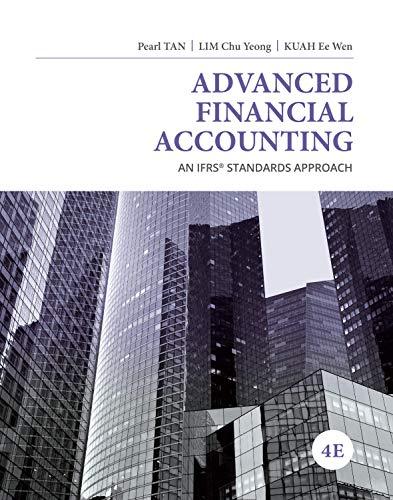Answered step by step
Verified Expert Solution
Question
1 Approved Answer
After watching a movie about a young woman who quit a successful corporate career to start a baby food company, Julia Day decided to do
After watching a movie about a young woman who quit a successful corporate career to start a baby food company, Julia Day decided to do the same. In the movie, the baby food company was very successful. Julia knew, however, that it is much easier to make a movie about a successful company than to actually do it. The product had to be of the highest quality, and Julia had to get the best people involved to launch the new company. Julia resigned and launched the new companyStarting Right. Julia decided to target the upper end of the baby food market by producing baby food that contained no preservatives but had a great taste. Although the price would be slightly higher than that for existing baby food, Julia believed that parents would be will-ing to pay more for a high-quality baby food. Instead of putting baby food in jars, which would require preservatives to stabilize the food, Julia decided to try a new approach: The baby food would be frozen. This would allow for natural ingredients, no preservatives, and outstanding nutrition. Getting good people to work for the new company was also important. Julia decided to find people with experience in finance, marketing, and production to get involved with Starting Right. With enthusiasm and charisma, Julia was able to find such a group. Their first step was to develop prototypes of the new frozen baby food and to perform a small pilot test of the new product. The pilot test received rave reviews. The final key to getting the young company off to a good start was to raise funds. Three options were considered: corporate bonds, preferred stock, and common stock. Julia decided that each investment should be in blocks of $30,000. Furthermore, each investor should have an annual income of at least $40,000 and a net worth of $100,000 to be eligible to invest in Starting Right. Corporate bonds would return 13% per year for the next 5 years. Julia furthermore guaranteed that investors in the Case Study Toledo Leather Company3 The Toledo Leather Company has been producing leather goods for more than 30 years. It purchases prepared hides from tan-ners and produces leather clothing accessories such as wallets, belts, and handbags. The firm has just developed a new leather product and has prepared a 1-year production and sales plan for it. The new product is best described as a combination billfold, key case, and credit card carrier. As company president Peggy Lane has noted, "It is a super carryall for small this-and-that." Peggy has placed the office's administrative assistant, Harold Hamilton, in charge of the project. Harold has established that material and variable overhead for the carryall should be about $1.50 per case over the next year given a 5-day week and no overtime. Unit labor and machining costs, however, depend on the choice of machine that will be used for production. Harold has narrowed the choice down to two specialized pieces of equipment. Machine 1 is a semiautomated machine that will cut the material to the size needed for one unit and also will sew it, install the rings and snaps, and emboss it with two types of designs. This machine costs $250,000 and will add $2.50 per case to the average variable cost for labor and other corporate bonds would get at least $20,000 back at the end of 5 years. Investors in preferred stock should see their initial invest-ment increase by a factor of 4 with a good market or see the investment worth only half of the initial investment with an unfa-vorable market. The common stock had the greatest potential. The initial investment was expected to increase by a factor of 8 with a good market, but investors would lose everything if the market was unfavorable. During the next 5 years, it was expected that inflation would increase by a factor of 4.5% each year. 1. Sue Pansky, a retired elementary school teacher, is consid-ering investing in Starting Right. Sue is very conservative and is a risk avoider. What do you recommend? 2. Ray Cahn, who is currently a commodities broker, is also considering an investment, although it is believed that there is only an 11% chance of success. What do you recommend
Step by Step Solution
There are 3 Steps involved in it
Step: 1

Get Instant Access to Expert-Tailored Solutions
See step-by-step solutions with expert insights and AI powered tools for academic success
Step: 2

Step: 3

Ace Your Homework with AI
Get the answers you need in no time with our AI-driven, step-by-step assistance
Get Started


